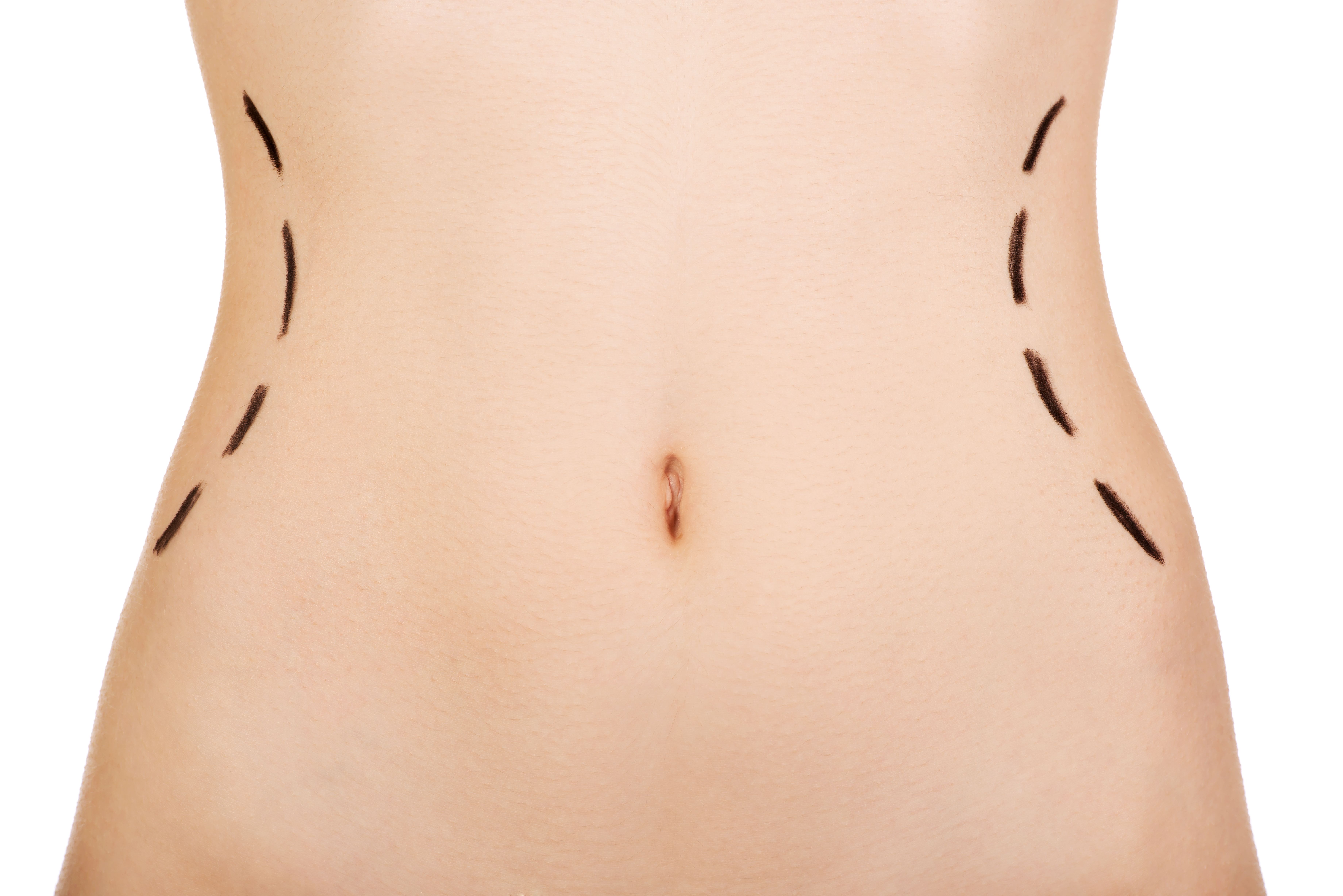- Acne
- Actinic Keratosis
- Aesthetics
- Alopecia
- Atopic Dermatitis
- Buy-and-Bill
- COVID-19
- Case-Based Roundtable
- Chronic Hand Eczema
- Chronic Spontaneous Urticaria
- Drug Watch
- Eczema
- General Dermatology
- Hidradenitis Suppurativa
- Melasma
- NP and PA
- Pediatric Dermatology
- Pigmentary Disorders
- Practice Management
- Precision Medicine and Biologics
- Prurigo Nodularis
- Psoriasis
- Psoriatic Arthritis
- Rare Disease
- Rosacea
- Skin Cancer
- Vitiligo
- Wound Care
Article
A promising new minimally invasive procedure for skin contouring
Author(s):
A minimally-invasive surgical skin contouring procedure, currently under investigation, could give patients a new option for removing fat and tightening skin, according to recent clinical trial findings.
A minimally-invasive surgical skin contouring procedure, currently under investigation, could give patients a new option for removing fat and tightening skin, according to recent clinical trial findings. (©AdobeStock_84697895)

A minimally invasive surgical skin contouring procedure, currently under investigation, could give patients a new option for removing fat and tightening skin, according to recent clinical trial findings.
According to 30-day interim data, rotational fractional resection (RFR), also called Nuvellus, is a safe, effective minimally invasive contouring option for patients with mild-to-moderate submental fat and skin laxity.
Results from the prospective, multi-center, single-arm CONFORM submental contouring study were presented at the 2018 American Society for Dermatologic Surgery meeting in Phoenix.
“RFR is a unique minimally-invasive surgical method of skin contouring performed under local anesthesia,” said Hema Sundaram, M.D., a Washington, D.C.-based dermatologist and a CONFORM principal investigator. “It can be an alternative to traditional surgical approaches, as well as to recent non-surgical treatments, such as cryolipolysis and injectable lipolysis.”
RFR uses nine 1.5-mm rotating cylindrical scalpels in a 3x3 array, called the Multiple Scalpet Array (MSA), to reach tissue depths between 2 mm and 8 mm to remove and tighten skin, as well as a small rotating lipectomy cannula to perform focal lipectomy through fractionally-resected access ports.
Further study is needed, she said, but the RFR procedure may have potential to tighten skin of the knees, abdomen, inner thighs, bra-strap area, posterior elbow, and below the chin. The focal lipectomy cannula can target fat in several areas, including the submental region, upper arms, upper inner thighs, abdomen, and bra-strap area. An elastic adhesive membrane is applied post-procedure to facilitate skin healing.
To test efficacy and patient satisfaction, investigators enrolled 68 subjects with Fitzpatrick skin phototypes one to three and a mean age of 54 to receive RFR. Patient assessments were scheduled for Day 0 (treatment day), 7, 14, 30, 90, and 180. Dr. Sundaram said RFR may be investigated later in higher skin phototypes.
Of the 31 subjects who had reached the 30-day assessment, 81 percent and 74 percent, respectively, achieved at least a one-point improvement in skin laxity and lipodystrophy. Eighty-four percent were satisfied with their neck and jawline appearance, and 97 percent would recommend the procedure. There was no visible scarring or bruising in 94 percent and 90 percent of patients, respectively. Seventy-four percent were satisfied with recovery speed.
Overall, Dr. Sundaram said, the results are positive.
“This is a promising technology, and results at this stage appear promising, as well,” she said. “They indicate RFR has the potential to improve both submental skin laxity and lipodystrophy and is well tolerated.”
Newsletter
Like what you’re reading? Subscribe to Dermatology Times for weekly updates on therapies, innovations, and real-world practice tips.














